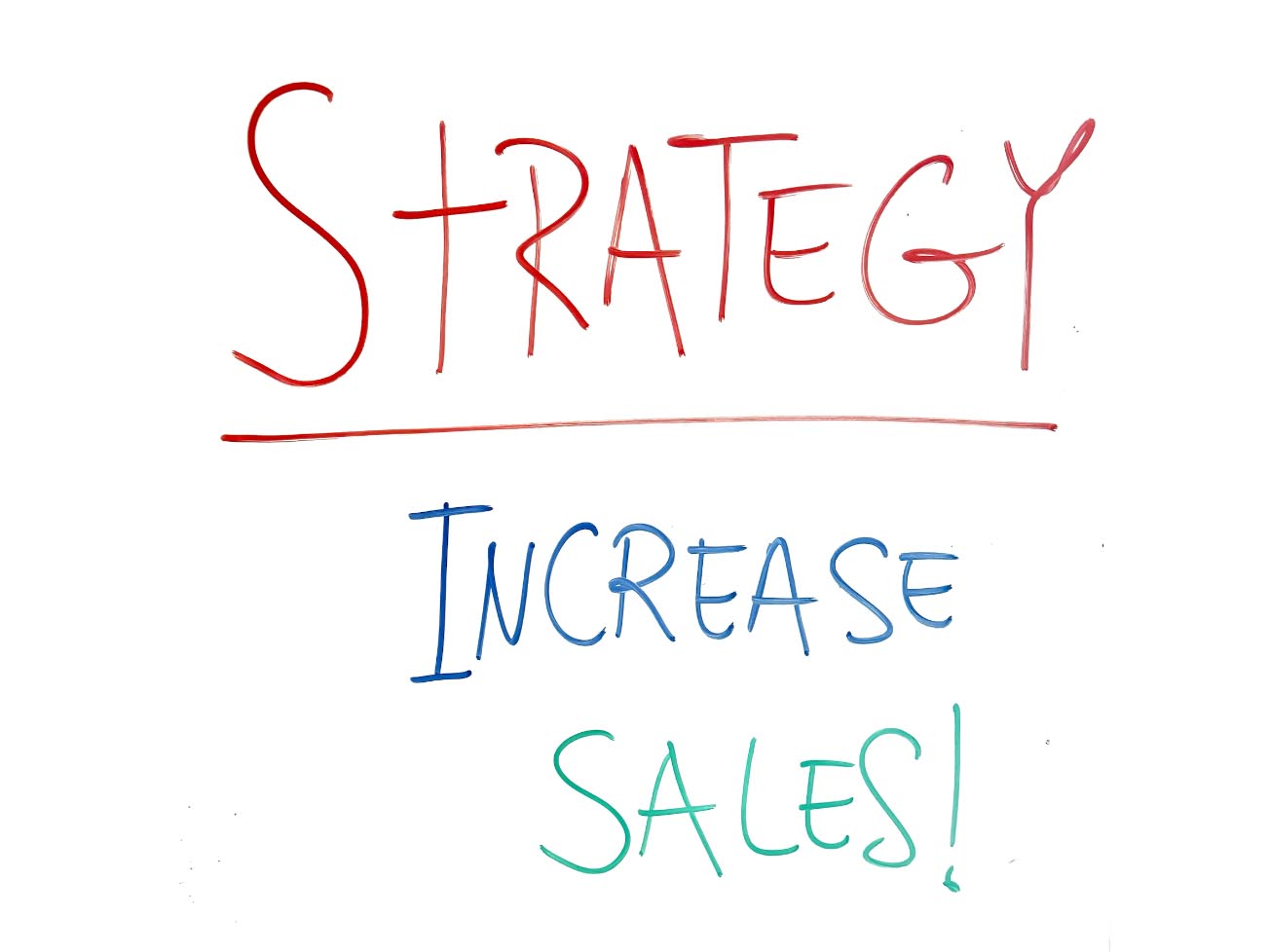Industry Talk - Free Talk
Roger Halaby: 'My strategy is to increase sales'
June 19, 2024
.jpg) Advertisement
Advertisement'So you are in yet another marketing meeting when you hear someone confidentially saying: "Our strategy this year is to increase sales!" This happened so many times throughout my career path. Seriously? Does simply stating "increase sales" really qualify as a comprehensive marketing strategy? More likely, it is stating an objective you or the client want to achieve, rather than the all-in game plan for how to make it happen.
Confusing objectives with strategies is a very common misstep that can lead marketing efforts down an ineffective path chasing ghosts rather than systematically pursuing a clear target. An objective articulates the "what", the measurable outcome the business is aiming for. A strategy, on the other hand, outlines the "how", the action plan or the roadmap to accomplish that objective.
The main problem with just stating "increase sales" as your strategy is that it lacks specific components. Increasing sales compared to what benchmark? By how much? Over what timeframe? For which markets or consumer segments?
Without fledging out those key details first, your strategies will automatically lack the focus and direction required for accurate impact and will be generic or based on luck, just like you are throwing a dice: high or low is just a matter of luck!
The basic solution is to follow a disciplined approach of setting specific and measurable objectives that clearly define the goal, on-brand, and then formulate strategies to achieve it. Any strategy that you set for your brand but might exactly work on your competitior is an indicator that you are not on the right track. With a specific on-brand objective locked in, marketing profesisonals can develop purposeful and powerful on-brand strategies.
Research is also key to deeply understand consumers' values, needs and behaviors. Sometimes, a fair sample can really help in setting an outline. Each strategy flows logically from and links directly back to achieving the well-defined objective. There is clear line of sight across all efforts.
In contrast, a vague "increase sales" strategy breeds organizational confusion. Different teams chase separate targets, budgets are allocated inefficiently, performance is challenging to measure, and the ability to make data adjustments is limited. Your marketing becomes an aimless pursuit of random, disconnected tactics rather than a unified force, technically, at the mercy of the unknown.
This same example has played out across companies and brands. One consumer products company had spent years struggling with the big but vague "increase sales" strategy. No specific objectives, so every product line launched random promotions, discounts, and marketing attempts with disappointing results.
Finally, they reset by first setting focused and clear objectives which have led to re-visiting their strategies ranging from targeted advertising and promotional plans to optimized distribution tactics. Efforts aligned, and they exceeded that ambitious revenue objective.
From small startups to global sharks, the highest-performing marketing organizations are obsessive about first establishing clear, measurable objectives that rally and synchronize their strategies.
So the next time you find a marketing or a brand team proposing "Our strategy is to increase sales!" take a pause and dig deeper to set the specific, quantifiable "what" first through clear and defined objectives.
With that centerpiece defined, your strategies and execution plan can systematically flow into place for achieving maximum impact, rather than chasing ghosts by wandering aimlessly.'



.jpg)










